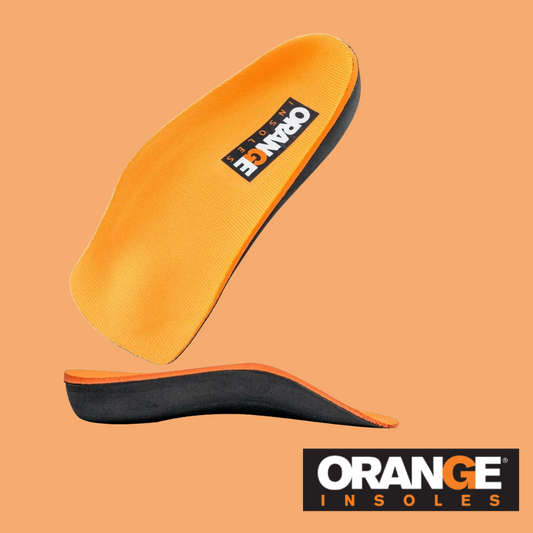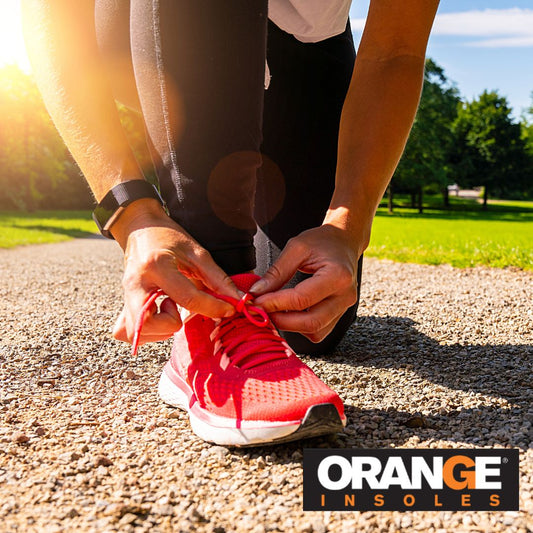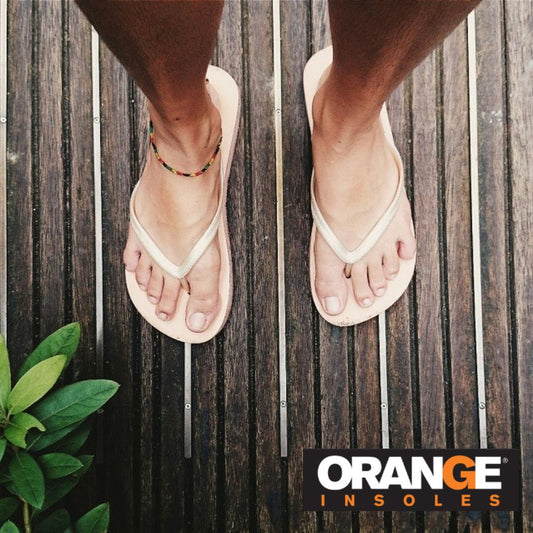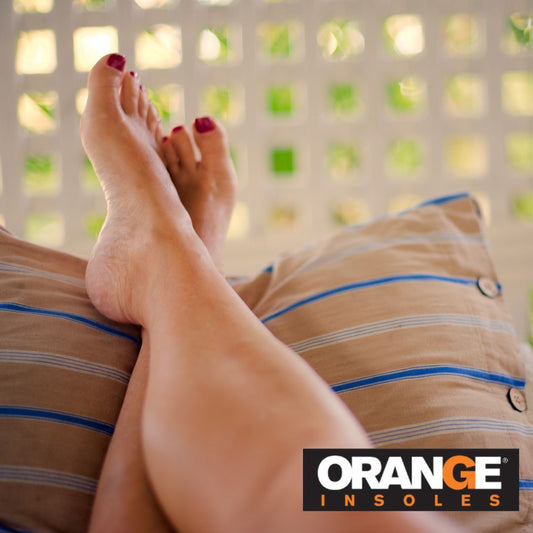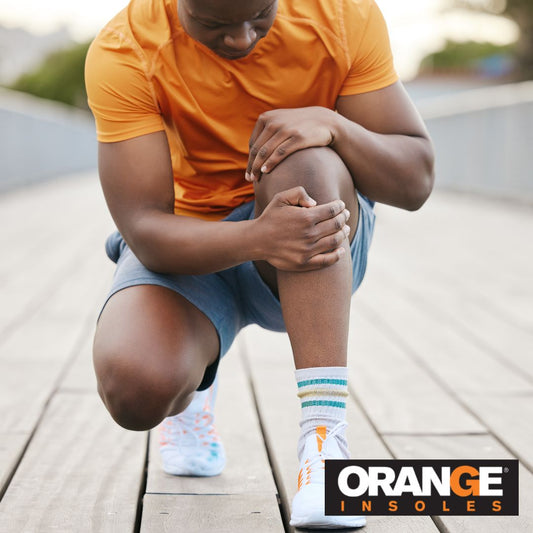Frequent running can take a toll on your shoes, leading to wear and tear that may force you to replace them sooner than you'd like. Fortunately, there are several strategies you can implement to extend the lifespan of your running shoes. By taking a few simple steps, you can ensure that your shoes remain in good condition for as long as possible, saving you money and keeping your feet comfortable and protected. One often overlooked factor in maintaining running shoes is the role of insoles, which can significantly contribute to extending the life of your footwear.
Choose the Right Shoes
The first step in extending the lifespan of your running shoes is selecting the right pair from the start. Ensure you choose shoes that are appropriate for your running style, foot type, and the surfaces you'll be running on. For example, trail running shoes are designed with more rugged soles and durable materials to handle off-road conditions, while road running shoes are typically lighter and more flexible.
Read more: Orange Running Shoe Guide
Rotate Your Shoes
If you're a regular runner, it's a good idea to have more than one pair of running shoes. Rotating between different pairs allows each pair to fully dry out and recover between runs, which can prevent the materials from breaking down as quickly. This practice can also reduce the risk of injury, as it encourages slight variations in your gait and foot strike, reducing repetitive stress on the same areas.
Clean Your Shoes Regularly
Keeping your running shoes clean is crucial for maintaining their longevity. After a run, especially in muddy or wet conditions, take the time to remove dirt and debris from your shoes. Use a soft brush to clean the outsole and a damp cloth to wipe down the upper. Avoid using harsh detergents or putting your shoes in the washing machine, as this can damage the materials and reduce their lifespan.
Store Your Shoes Properly
Proper storage of your running shoes can make a significant difference in their durability. Avoid leaving your shoes in damp or hot environments, such as a car trunk or direct sunlight, as extreme temperatures can cause the materials to degrade. Instead, store your shoes in a cool, dry place, preferably with good ventilation.
Using shoe trees or stuffing your shoes with newspaper can help them maintain their shape and absorb excess moisture. This practice is especially beneficial after long runs or in humid conditions, as it helps prevent the growth of bacteria and mold that can break down the shoe materials.
Parts of Running Shoes That Degrade First
Understanding which parts of your running shoes degrade first can help you take preventative measures. Typically, the following parts of a running shoe degrade in this order:
- Insoles: Insoles are often the first to wear out due to the constant pressure and moisture from your feet. They can lose their cushioning and support relatively quickly.
- Midsole: The midsole, which provides cushioning and support, tends to compress and lose its shock-absorbing properties over time.
- Outsole: The outsole, or the bottom part of the shoe, wears down from repeated contact with the ground. This wear is usually more noticeable on the heel and forefoot.
- Upper: The upper part of the shoe, made from fabric or mesh, can become worn and torn, especially if you run in harsh conditions.
Common Mistakes That Shorten a Running Shoe's Lifespan
Avoiding common mistakes can significantly extend the life of your running shoes:
- Wearing Shoes for Non-Running Activities: Using your running shoes for activities like walking, gym workouts, or casual outings can increase their wear and tear. Reserve your running shoes specifically for running.
- Not Allowing Shoes to Dry: Failing to let your shoes dry out completely between runs can lead to moisture buildup, which degrades the materials and fosters bacteria growth. Always allow your shoes to air out after use.
- Improper Cleaning: Using harsh detergents or putting your shoes in the washing machine can damage the materials. Clean your shoes gently with a soft brush and mild soap.
- Ignoring Signs of Wear: Continuing to run in shoes that show signs of significant wear can lead to injuries. Regularly inspect your shoes and replace them when necessary.
- Improper Storage: Storing your shoes in hot, damp, or confined spaces can accelerate their deterioration. Keep them in a cool, dry place with good ventilation.
Use Insoles for Added Protection
Using insoles specifically designed for running can provide added protection and extend the life of your shoes. Insoles such as Orange Insoles are engineered to offer superior support and shock absorption, which can reduce the stress on your shoes and feet. They are also engineered to offer superior moisture-wicking properties, which help keep your shoes dry and prevent the buildup of sweat that can degrade the materials.
By effectively managing moisture, these insoles reduce the risk of bacteria and mold growth, which can deteriorate the fabric and cushioning of your shoes. Keeping your shoes dry not only extends their lifespan but also maintains a healthier environment for your feet, reducing odor and discomfort.
Replace Shoes When Necessary
Even with the best care, running shoes will eventually reach the end of their lifespan. It's important to recognize when it's time to replace your shoes to avoid injury and maintain optimal performance. Most running shoes last between 300 to 500 miles, depending on factors such as your running style, weight, and the surfaces you run on.
If you start experiencing discomfort, loss of cushioning, or visible signs of wear, it might be time to invest in a new pair of running shoes. While it can be tempting to extend the use of your favorite shoes, using worn-out footwear can lead to injuries and negatively impact your running experience.
By choosing the right shoes, rotating between pairs, cleaning and storing them properly, and using quality insoles, you can significantly increase the durability and performance of your running footwear. Monitor your shoes for signs of wear and replace them when necessary to ensure that you continue to run comfortably and safely.


















